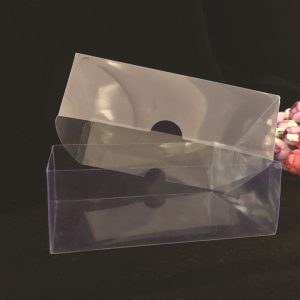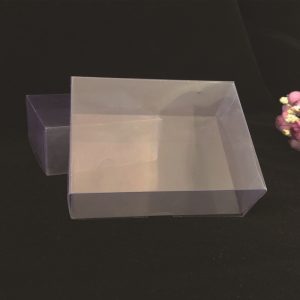1. Polyethylene: Commonly used polyethylene can be divided into low-density polyethylene (LDPE), high-density polyethylene (HDPE) and linear low-density polyethylene (LLDPE). Among the three, HDPE has better thermal, electrical and mechanical properties, while LDPE and LLDPE have better flexibility, impact properties, film-forming properties, etc.
2. Polypropylene: Relatively speaking, polypropylene has more varieties, more complex uses, and a wide range of fields. The varieties mainly include homopolypropylene (homopp), block copolymer polypropylene (copp) and random copolymer polypropylene (rapp) According to different uses, homopolymerization is mainly used in the fields of wire drawing, fiber, injection, BOPP film, etc. Copolymer polypropylene is mainly used in household appliances injection parts, modified raw materials, daily injection products, pipes, etc., and random polypropylene is mainly used Used for transparent products, high-performance products, high-performance pipes, etc.
3. Polyvinyl chloride: Because of its low cost and self-flame retardant properties, it has a wide range of uses in the construction field, especially for sewer pipes, plastic steel doors and windows, plates, and artificial leather.
4. Polystyrene: As a transparent raw material, it has a wide range of uses when there is a need for transparency, such as automobile lampshades, daily transparent parts, transparent cups, cans, etc.
5. ABS: It is an engineering plastic with a wide range of uses, with outstanding physical mechanical and thermal properties. It is widely used in household appliances, panels, masks, assemblies, accessories, etc., especially household appliances, such as washing machines, air conditioners, refrigerators, electric fans, etc. , The amount is very large, in addition to the plastic modification, the use is also very wide.


























